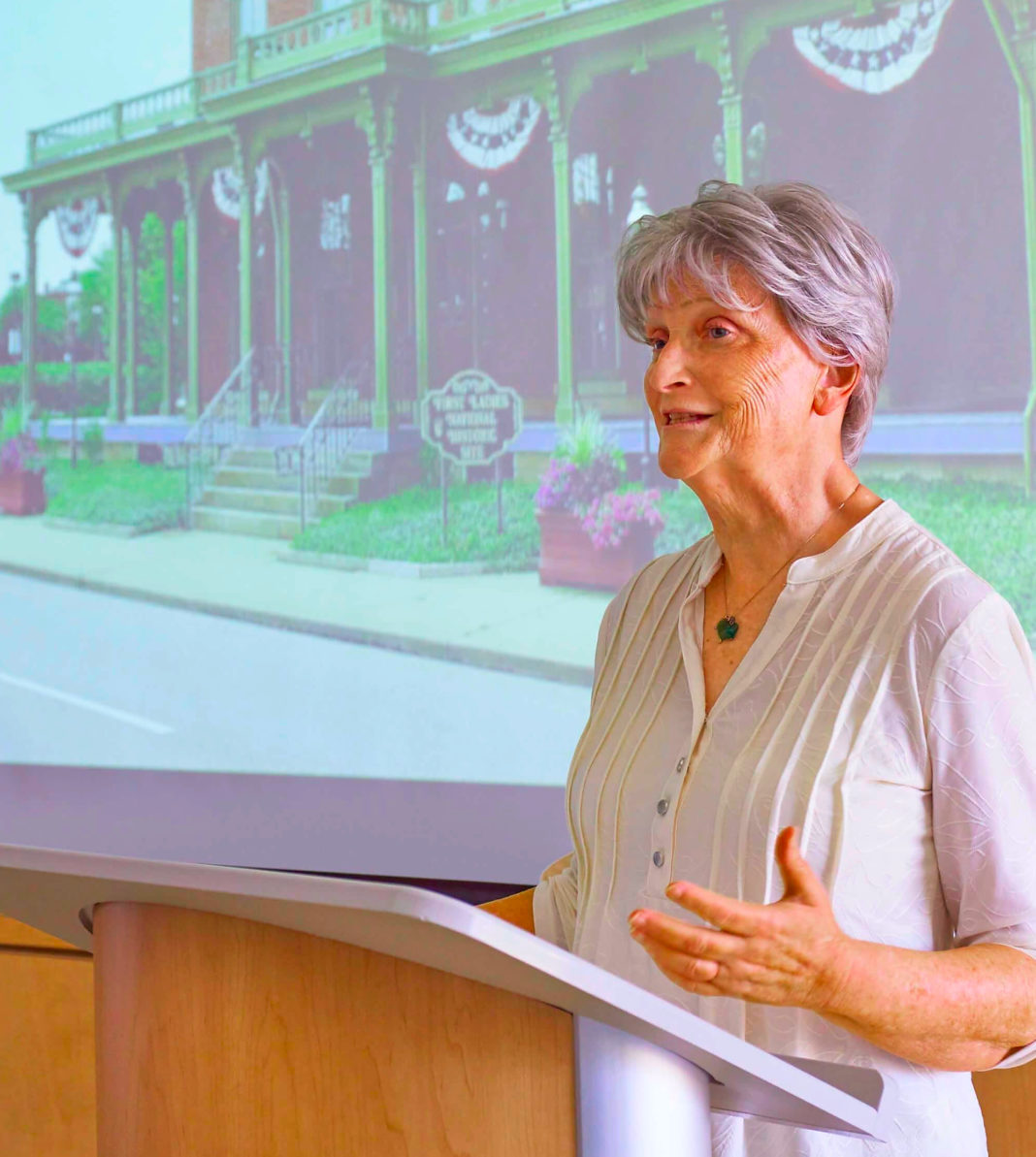Discovering the Cause of My Voice Problems
My voice has been integral to my life’s work. From musical theatre in high school and college to a career in radio, voice acting, and writing, my voice has always been a crucial tool. I even leveraged my vocal skills in presenting my two books about national parks.
Two years ago, at age 68, I noticed unsettling vocal changes. My speech became erratic, almost as if I were nervous, though I wasn’t. Singing proved challenging; my pitch wavered, and sustained notes frequently faltered.
Initially, I dismissed these occurrences as minor anomalies. However, as they increased in frequency, my concerns mounted. My mother’s voice had become unsteady in her eighties, prompting me to wonder if a similar issue was affecting me prematurely. Stress seemed a possible culprit, or perhaps it was all in my head; my husband hadn’t remarked on the changes.
After several months, I mentioned my vocal instability to my brother, who immediately confirmed the changes. This confirmation solidified my worries, leading me to seek medical attention.
An ear, nose, and throat doctor examined my vocal cords using a thin, lighted tube. The diagnosis surprised me: acid reflux. I had never experienced heartburn, but the doctor explained the presence of laryngopharyngeal, or “silent,” reflux, a condition where stomach acid irritates the throat and vocal cords due to age-related muscle weakening.
The doctor prescribed omeprazole to reduce stomach acid and suggested a low-fat, low-acid diet. Adapting to this new diet required significant adjustments to my eating habits. However, the desire to restore my voice motivated me to comply.
The doctor also revealed another diagnosis: laryngeal dystonia (LD). This neurological condition causes involuntary vocal cord spasms, resulting in a shaky voice. He recommended speech therapy.

After two months of medication and dietary changes, the vocal cord irritation lessened. My voice quivers improved, but I knew additional assistance was necessary. I consulted a speech therapist specializing in LD.
Testing revealed adductor LD, characterized by sporadic vocal cord spasms. The therapist explained that LD is neurological and not self-inflicted. Through five sessions, I learned techniques to manage my symptoms, such as vocal warm-ups and speech pacing, along with increased water intake.
My speaking engagements remain as frequent as before. By implementing my therapist’s advice, my voice consistently starts strong and mostly remains so. However, occasional vocal hiccups still occur. While there’s no cure, I’m thankful my LD is relatively mild and manageable.
What is Laryngeal Dystonia?
LD is a rare but persistent condition causing involuntary contractions of the larynx’s voice muscles. It stems from brain dysfunction affecting muscle control, including vocal cords, resulting in uncontrollable spasms that impact speech intelligibility and audibility.
Although the exact cause remains unknown, research indicates irregularities in brain signaling. Stress can exacerbate symptoms, but it’s usually a trigger rather than the root cause.
LD affects more women and typically appears between ages 30 and 50. It’s often underdiagnosed due to subtle and intermittent symptoms. Common misdiagnoses include muscle tension, acid reflux, stress, or anxiety.
Three types of LD exist: adductor (vocal cords stiffen and close), abductor (vocal cords spasm open), and mixed (a combination of both).
Symptoms can be sudden and include hoarseness, vocal tightness or strain, and breathiness.
While there’s no cure, botulinum toxin injections are a standard treatment. Surgical options, such as SLAD-R, are increasingly used. Voice therapy often complements other treatments.
Other Vocal Problems
Clear speech is easily taken for granted until issues arise. Understanding how sound production works sheds light on the causes of vocal problems.
The respiratory system directs air through the larynx, where vocal cords vibrate to generate sound. The throat, lips, nose, and tongue shape this sound into speech, all controlled by the brain.
Here are some conditions that disrupt this process:
- Vocal cord paralysis: Nerve damage leads to improper vocal cord movement. Treatments include voice therapy and surgery.
- Vocal polyps: Blister-like swellings on vocal cords, often from overuse. Voice therapy or surgery may be necessary.
- Vocal nodules: Similar to calluses, typically treated with voice therapy.
- Muscle tension dysphonia: Excess tension in the larynx causes a rough or strained voice, treatable with voice therapy.
Protecting Your Voice
Maintaining hydration, avoiding vocal strain, and not smoking are crucial for voice health. Gentle humming before speaking or singing and resting a hoarse voice are also recommended.
Persistent voice problems beyond two weeks warrant consultation with an ENT or otolaryngologist.
